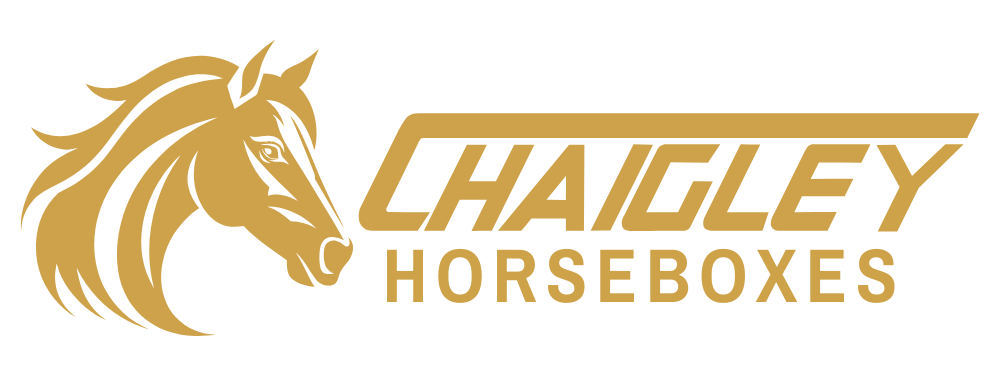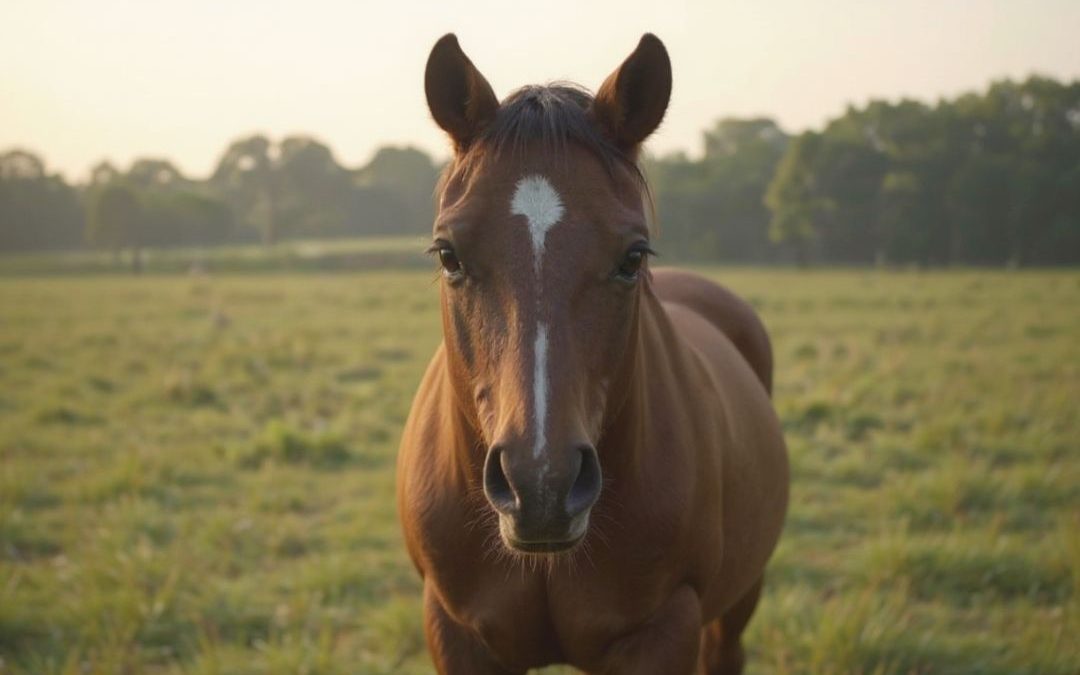Horse sight and hearing play a pivotal role in how horses experience travel in horseboxes, directly impacting stress, safety and welfare during transport.
Horses have near panoramic vision and highly sensitive hearing, making them keenly aware of movement, light changes and unfamiliar sounds. These factors can increase anxiety or trigger flight responses in confined environments like horseboxes.
How Horse Sight Affects Travel
Horses see most of their surroundings in a wide field, up to approximately 195° unilaterally, allowing great peripheral awareness but leaving them with blind spots both directly behind and in front.
Inside a horsebox, sudden movements, shifting shadows and unfamiliar light patterns can startle them, potentially resulting in nervous behaviours such as head tossing, increased alertness and difficulty relaxing since they cannot easily scan their environment as they would outside. Limiting their ability to lower the head can further exacerbate stress; head freedom is linked to lower stress-related behaviours like licking and improved comfort during travel.
How Horse Hearing Affects Travel
Horses hear a broader frequency range than humans (up to 33.5kHz) with sensitivity to subtle sounds and abrupt noises. The confined acoustics of horseboxes amplify engine noise, road sounds and sudden external bangs, all of which may alarm horses and disrupt their sense of safety. High noise levels or unpredictable sounds can cause elevated heart rates and increased stress indicators, with research showing ear covers (or noise-damping materials) can reduce these reactions, though effectiveness varies.
Effects on Horsebox Design and Welfare
• Poor visibility and harsh lighting inside horseboxes can raise stress, making horses more vigilant and restless.
• Inadequate soundproofing or exposure to loud, unfamiliar noises contributes to transport anxiety and may result in undesirable behaviours or reduced well-being.
• Design solutions like softer lighting, noise insulation and permitted head movement improve comfort and safety during journeys.
Practical Recommendations
• Choose horseboxes with partitions that permit some head movement to decrease stress indicators.
• Use gentle lighting and avoid abrupt changes to visual surroundings inside the box.
• Minimize exposure to loud or sudden noises and consider noise-damping ear covers where appropriate.
• Monitor horses with in-box cameras to catch signs of restlessness or sensory overload quickly.
Understanding horses’ sensory strengths and sensitivities helps design better travel experiences, enhancing welfare by mitigating avoidable stressors rooted in sight and hearing.
Horsebox Advice
If you need any help or advice from the Chaigley Team

Chaigley horseboxes
Unit 1 Deveron Mill, Meadow Street, Great Harwood, Lancashire BB6 7EJ
Opening Hours
M-F: 8am – 6pm
chaigleyhorseboxes@gmail.com
Phone
07977 334928 or 07974 184934

